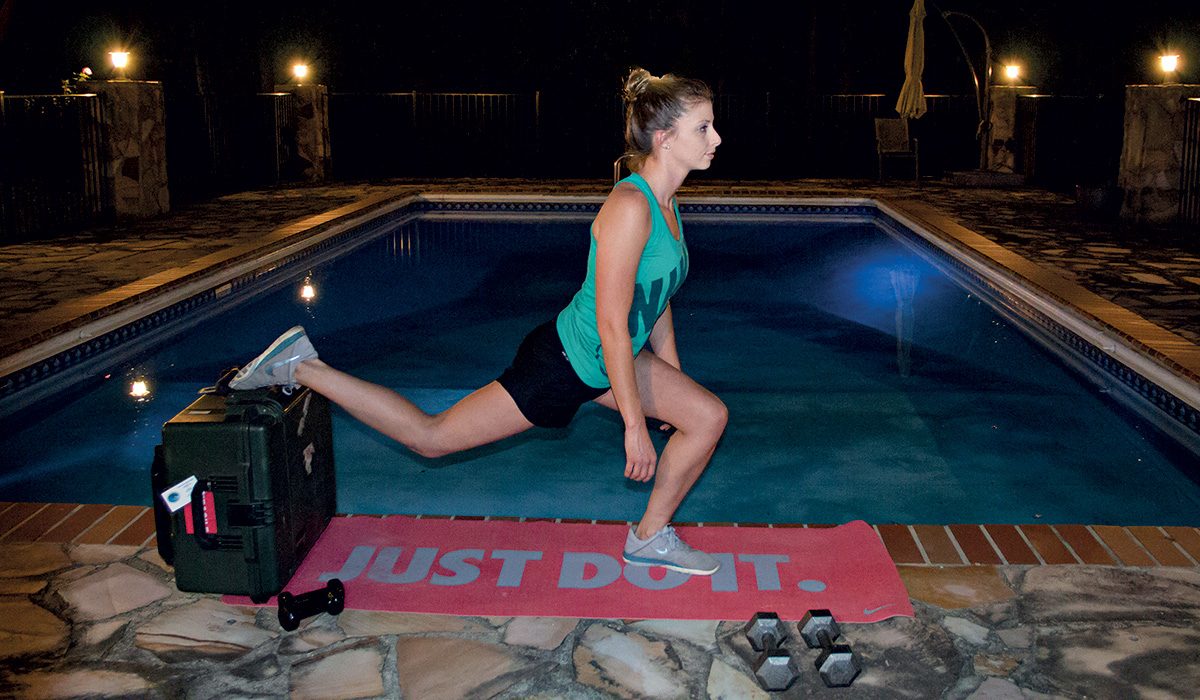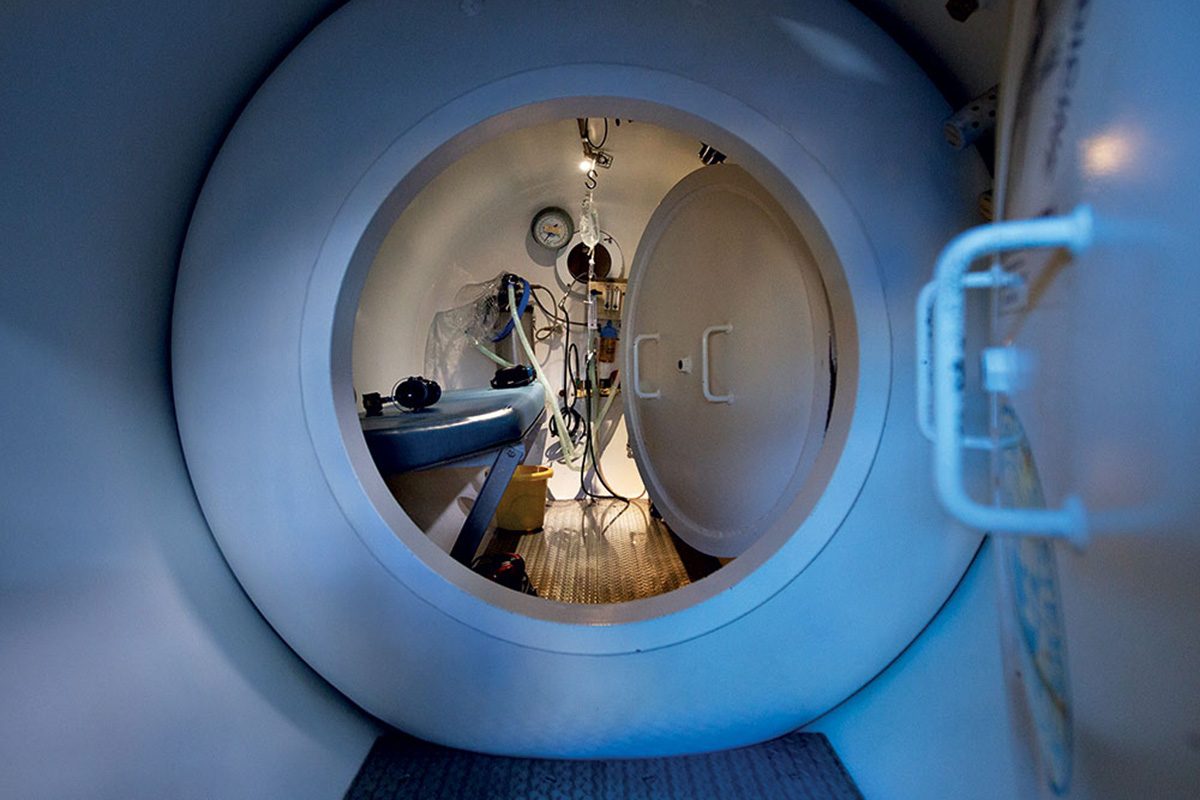DEMP: For More Than Dive Emergencies
Life-threatening injuries happen, even outside of the dive environment. Dive-related first aid training can be useful in these scenarios.

Life-threatening injuries happen, even outside of the dive environment. Dive-related first aid training can be useful in these scenarios.

Strength, range of motion and balance can improve your overall dive experience. Learn some functional exercises to increase your strength and make you a better overall diver.

Despite the diver’s existing symptoms, the hospital’s triage process failed to acknowledge possible decompression illness (DCI) along with the need for immediate evaluation and first aid oxygen. Read more about the diver’s story.

While shipwrecks are the most common destinations for divers seeking to explore beyond the natural environment, they are not the only archaeological sites available to divers and researchers. When at heritage sites, divers should behave as if they are visiting an underwater museum: Take only pictures and leave only bubbles.

Neoprene wetsuits retain moisture and heat, which can sometimes lead to dizziness and nausea. When a diver is fully suited and zipped up, prolonged time on the deck of a dive boat or onshore prior to entering the water can cause heat stress and exhaustion. Common symptoms are dizziness and nausea. Try to avoid fully suiting up until right before you are ready to don your buoyancy compensator and enter the water.

Lithium-ion batteries are very safe, and accidents are rare. These batteries are found in gadget — gaming systems, fancy cars, power tools and your dive computer. But how common are accidents? The best approach is accident prevention.

Dive operators and professionals can refuse service to any potential diver if the decision is based upon sound, consistent and safety-related reasons. Read these considerations.
